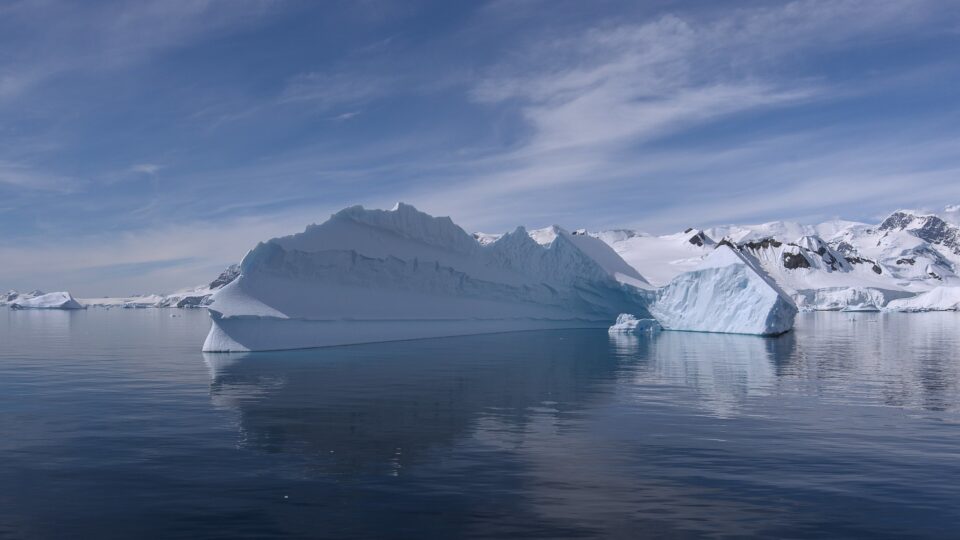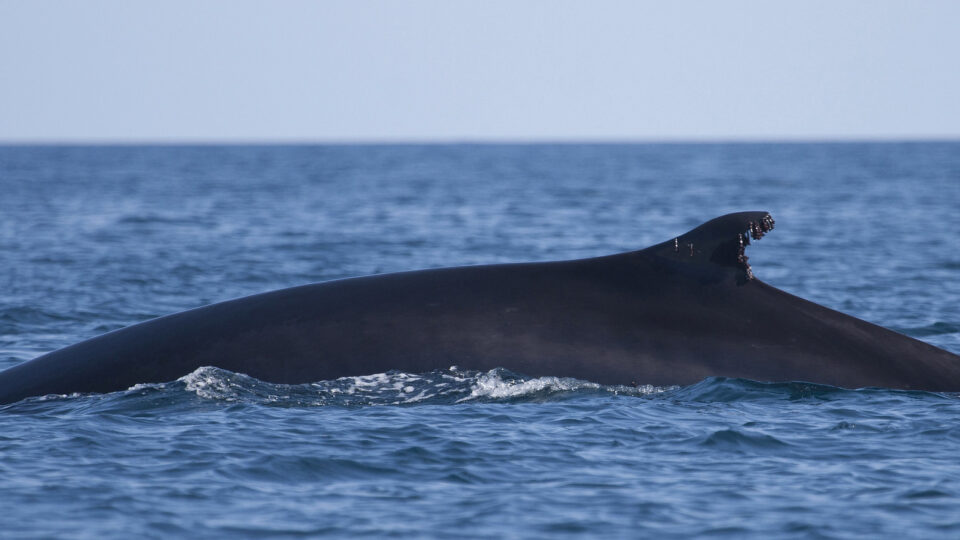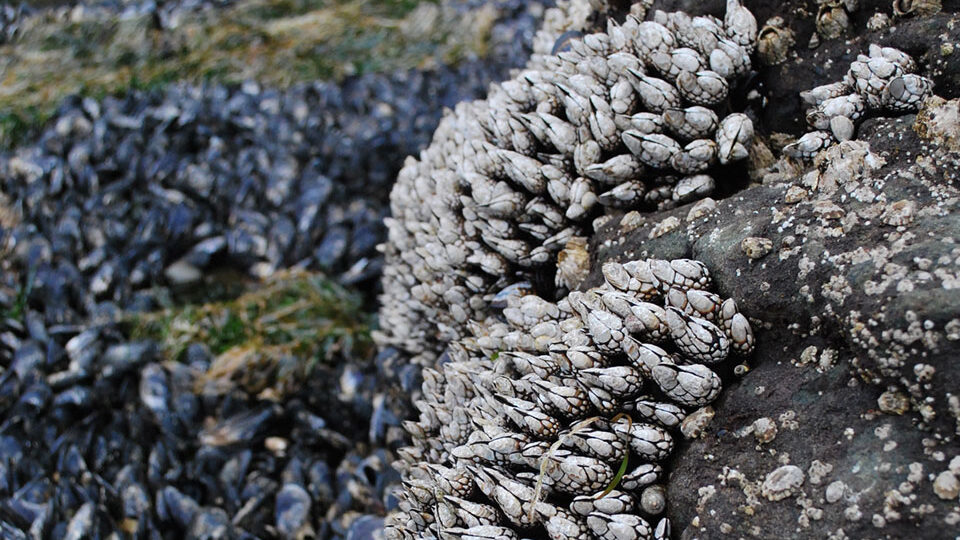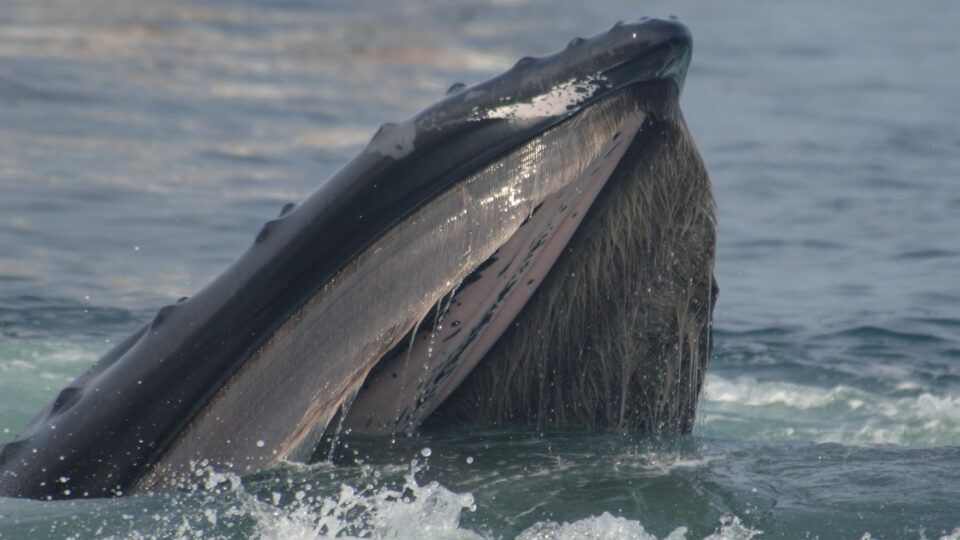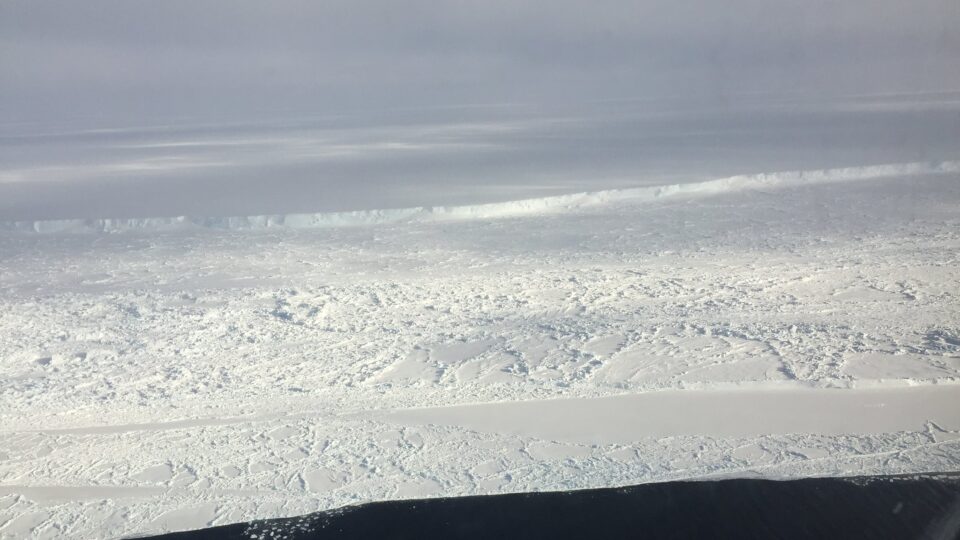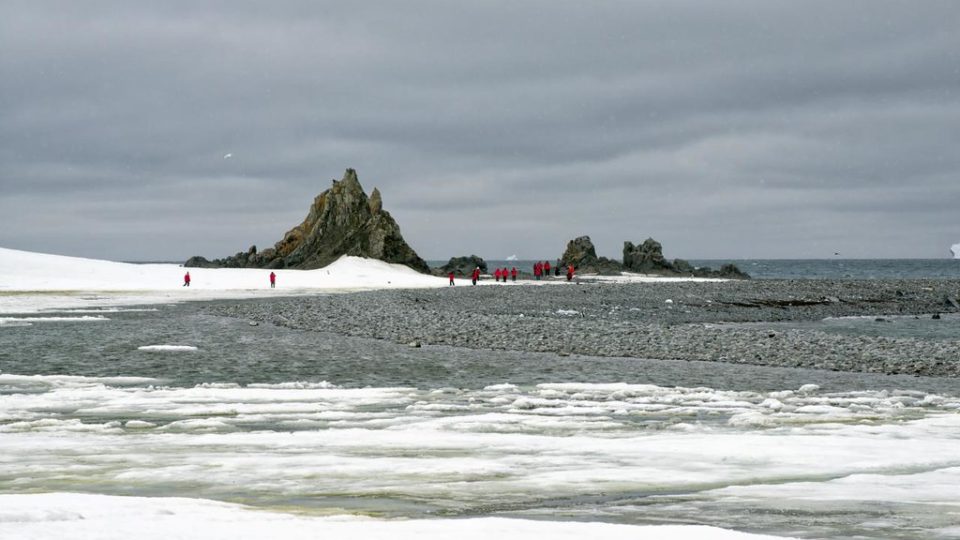Recent satellite observations of the sea ice in the Antarctic found the lowest level of ice cover ever seen in the forty years that these observations have been made. As of February 8th, there were only 849,000 square miles of the Southern Ocean covered with ice. The previous record low was measured last February 24th when the total coverage was 876,000 square miles. Ice melting was likely to continue as the month went on.
This past January had already set a new record for that month’s mean extent of ice coverage at 1.24 million square miles. This rapid decline in sea ice has been going on for the past six years and is very unusual. Average Antarctic ice cover hardly changed at all during the previous thirty-five years.
Antarctic sea ice generally reaches its maximum extent in September or October and its minimum extent in February. At its maximum, the sea ice cover in the Antarctic is generally between 6.9 and 7.7 million square miles. On the other hand, there are some places where the sea ice melts completely during the Southern Hemisphere summer. Sea ice varies much more in the Antarctic than in the Arctic where the ice is much thicker.
Climate warming at the poles is much higher than at lower latitudes. Nonetheless, it is not yet clear whether what we are seeing is the beginning of the end of summer sea ice in the Antarctic, or whether this is just a new phase characterized by low but still stable sea ice cover in the summer.
**********
Web Links
Record low sea ice cover in the Antarctic
Photo, posted January 24, 2012, courtesy of Rob Oo via Flickr.
Earth Wise is a production of WAMC Northeast Public Radio
